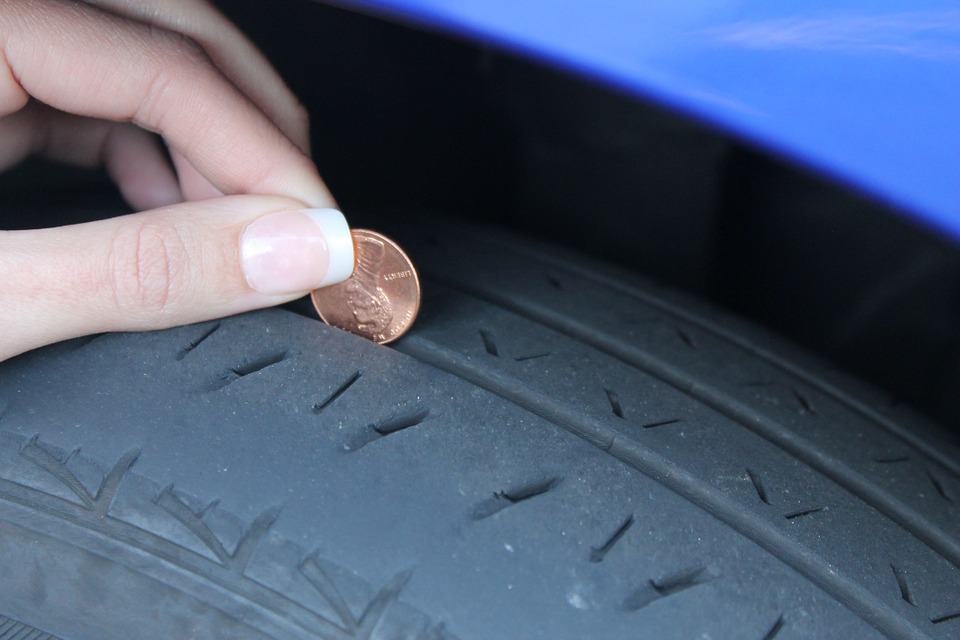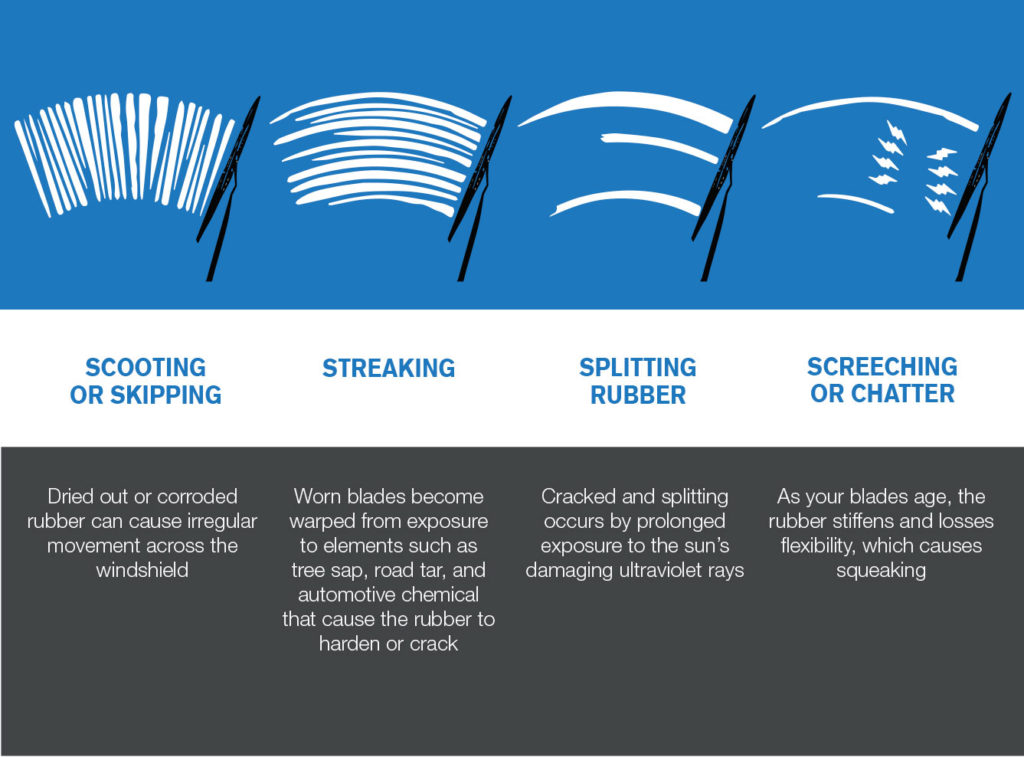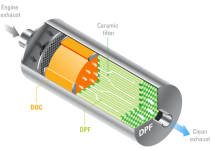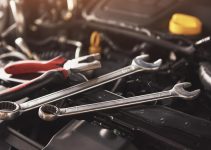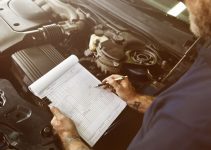Summer heat can take a toll on our cars and trucks. If you have a newer car and take it in for routine maintenance, you’re probably okay. Even so, everyone should conduct a basic summertime check-up and anyone can do this stuff in less than an hour or so. For the non-gearhead, here’s what to check each summer:
Tire Pressure, Damage & Wear
There are a lot of misleading statistics around tire-related incidents from organizations with hidden agendas, but there’s no denying that tires need to be maintained to ensure the safety of you and your family. A very common mistake is to inflate the tire with the amount of pressure (measured in pounds per square inch or PSI) stamped on the sidewall of the tire itself. This will always lead to over-inflation, as this is the max pressure the tire can accept—not what your vehicle requires.
Over-inflation leads to accelerated tire wear and less of a footprint on the road, which is dangerous under certain conditions. The correct PSI under normal operating scenarios for the tires that came with the vehicle or their aftermarket equivalents is noted on a placard or sticker in the driver’s side door jamb or post. The numbers you’ll find here assume cold tire inflation, meaning the vehicle has not been driven for a few hours.
Be sure to use a good tire pressure gauge to check your tires’ pressure. We like the [amazon link=”B00080QHMM” title=”Accutire digital tire pressure gauge” /] for about $10. Remove a tire’s valve stem cap, turn the gauge on and position the gauge over the valve stem. Press down hard enough for just a second or three until the hissing noise disappears and your gauge will display the current PSI.
The other thing to check is tread wear and damage to your tires. You want to check all of your tires for low spots, bumps or objects that have penetrated the tires—like nails or glass. To check for excessive tread wear, the old penny trick will do. Hold a penny in the middle of the tire tread and if you see all of Lincoln’s head, it’s time for some new tires.
Lights, Camera, Action!
Most newer vehicles will alert you with a dashboard warning light if a headlight or taillight is out. For those that don’t, turn on all of your lights and walk around the vehicle to check that they are functioning properly. Be sure to test the high-beams, reverse lights and fog lights, too. And if you don’t have another person to help, you can move your driver’s seat up and wedge something—like a short piece of wood or maybe a Shop Vac extension or similar—in between the front of the seat and the brake pedal to engage the brake lights. You could also use a large mirror behind your vehicle.
For cars or trucks with backup cameras, you can obviously see if it’s working or not from inside the car, but it’s also a good idea to make sure the camera itself—usualy integrated into the rear bumper—is clear of debris and the lens is clean. A soft microfiber towel will do the trick.
Seeing Things Clearly
Summertime usually brings with it lots of rain. Make sure your wiper blades are in good shape and working order. Check them for cracks and tears. Replace as needed. Also, check that your wiper fluid reservoir (under your hood and not to be confused with your engine coolant reservoir) is full. Don’t use household window cleaner, as this can actually harm your vehicle’s finish. We actually prefer a biodegradable concentrated washer fluid, like [amazon link=”B001NZFCRW” title=”Einszett Kristall Klar Washer Fluid Concentrate” /]. Water only—particuarly hard water—can ultimately clog the system.
Here are common problems associated with worn wiper blades:
Keeping Yourself Cool
Checking your vehicle’s air conditioning system can be done more thoroughly by professionals with the right tools, but for the DIYer, it’s not all that difficult to cover the basics to ensure everything is in working order.
With the engine running, make sure the air conditioner’s compressor engages properly and that there aren’t any odd noises or, worse, leaks, coming from under the hood or dash—do the same after turning off the AC with the engine still running. If anything seems out of whack or you feel dampness on the floorboards, have a service technician take a look.
Obviously, your vehicle’s AC should be blowing cold air. If the air is luke-warm, the system could be low on refrigerant or have a leak somewhere. If you’re up for it, there are [easyazon_link identifier=”B007USCM7E” locale=”US” tag=”garagespot05-20″ popups=”n”]vehicle air conditioning refrigerant recharging kits[/easyazon_link] available that are relatively simple and safe to use allowing you to recharge your own AC. Be aware, however, that newer vehicle AC systems require a specific type of refrigerant (R-134a). If you recharge the system yourself, check it again in a few weeks. If it’s low again, you may have a leak in the system.
Keeping the Engine Cool
There’s more to keeping your car or truck cool than just keeping yourself cool. The engine needs to stay cool, too. Pop your hood and check all hoses and belts for glazing, cracks or excessive wear. If so and you’re not experienced tackling such tasks, replacing belts and hoses should be done by a professional. Check all connections, too, ensuring that clamps on hoses aren’t loose and everything is clear from the fan and that the fan itself is working (some fans will take a while to engage and will run for a while after the vehicle has been turned off).
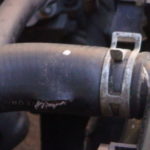 Your radiator—in the front of the vehicle behind its grill—cools and distributes coolant (typically antifreeze) throughout the engine as you drive. You want to check to ensure it’s clean and full. To do this, the vehicle should be cool or lukewarm—never check your radiator fluid levels when the engine is hot.
Your radiator—in the front of the vehicle behind its grill—cools and distributes coolant (typically antifreeze) throughout the engine as you drive. You want to check to ensure it’s clean and full. To do this, the vehicle should be cool or lukewarm—never check your radiator fluid levels when the engine is hot.
Locate the radiator cap and open it slowly with a shop towel or rag. It may be pressurized if the vehicle was recently running, so be careful. Use a flashlight to ensure that the fluid level is near the top of the radiator—the fill line is usually marked inside. Most modern vehicles will also have an overflow resovoir—a plastic container with a cap marked “Coolant” near the radiator. This tank too will have a marked fill line. Don’t confuse engine coolant with windshield wiper fluid, as the tanks may look similar!
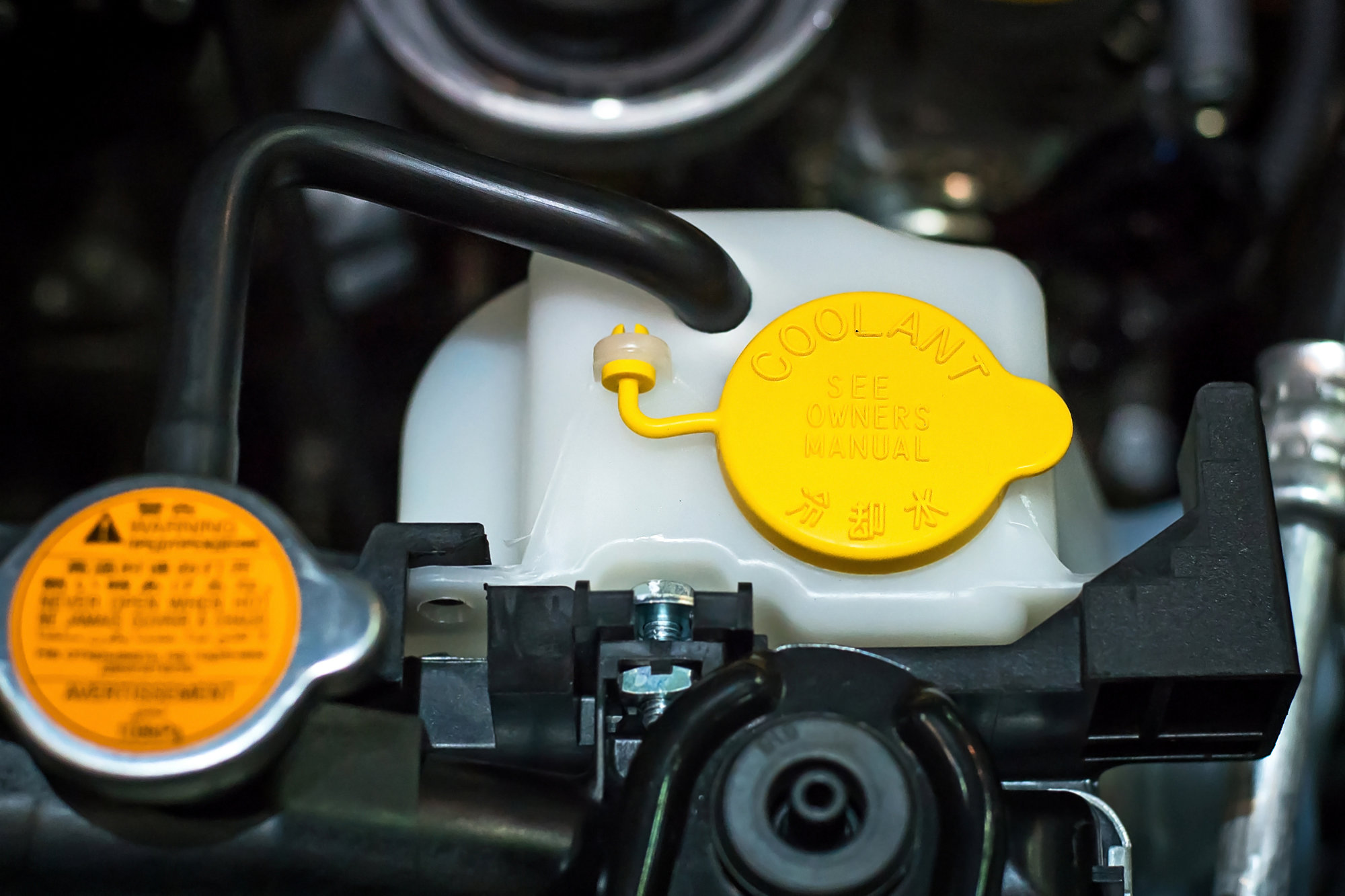
If your coolant level is low inside the radiator but full in the overflow tank, this could indicate a cooling system problem—take your vehicle to a professional. Otherwise, add coolant to the overflow tank as needed, or, if you vehicle doesn’t have an overflow tank, to the radiator directly.
Ethylene glycol poisoning is caused by the ingestion of ethylene glycol, the primary ingredient in automotive antifreeze. Ethylene glycol is a toxic, colorless, odorless, almost nonvolatile liquid with a sweet taste that is sometimes accidentally consumed by children and animals due to its sweetness. Please never ever leave antifreeze—or any other chemical for that matter—out where children or pets can ingest them. ???❤️
Routine Maintenance
While this article focuses on a few often overlooked summertime considerations for maintaining your vehicle, you should be changing your oil and other fluids regularly already—regardless of the season. Similarly, you should have your brakes checked every 10,000 miles or so, or sooner if they’re squeaking or you feel something else out of the ordinary (soft brake pedal, long stopping distances, etc.). Tire rotations and alignments are also important to maintain tire longevity.
All of these things should be part of your routine maintenance schedule, so check your owner’s manual to determine the proper regiment for your make or model vehicle. Five or ten years down the road, you’ll be glad you did.



